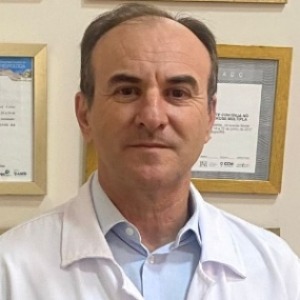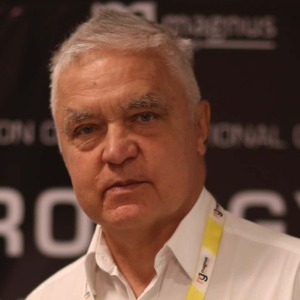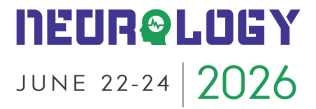Electroretinography
Electroretinography, also known as ERG, is a diagnostic medical procedure that records the electrical responses of the cells of the retina in response to a light stimulus. It is used to measure and quantify the function of the cells in the retina and is a useful tool in detecting and diagnosing many retinal diseases. The primary function of ERG is to detect diseases and disorders of the retina that cause a reduction or absence of electrical activity in response to a light stimulus. By recording the electrical activity of the retinal cells, physicians can gain insight into how well the retina is working and detect diseases such as retinitis pigmentosa, glaucoma, macular degeneration, and other retinal diseases. In order to produce an ERG, a light stimulus is used to cause a response from the retinal cells. This light stimulus can be generated from a light emitting diode (LED) or a photostimulator. Once the stimulus is presented and the electrical activity in the retina is measured and recorded, the response is then quantified and assessed for any abnormalities. ERGs have been used to help diagnose diseases and disorders of the retina. By measuring the electrical activity of the retinal cells, clinicians can detect changes in the retina and identify specific diseases or disorders. This type of testing is important for detecting diseases such as retinitis pigmentosa, which can cause blindness if not diagnosed and treated early. Overall, electroretinography is an important diagnostic tool that can help clinicians detect disease and disorders of the retina. It allows physicians to quantify the electrical activity in the retinal cells, enabling them to detect diseases such as retinitis pigmentosa before vision loss occurs. It is a powerful diagnostic tool that helps physicians diagnose and treat a variety of retinal conditions.

Ken Ware
NeuroPhysics Therapy Institute, Australia
Robert B Slocum
University of Kentucky HealthCare, United States
Yong Xiao Wang
Albany Medical College, United States
W S El Masri
Keele University, United Kingdom
Jaqueline Tuppen
COGS Club, United Kingdom
Milton Cesar Rodrigues Medeiros
Hospital Santa Casa de Arapongas, Brazil




Title : Perception and individuality in patient cases identifying the ongoing evolution of Myalgic Encephalomyelitis/Chronic Fatigue Syndrome (ME/CFS)
Ken Ware, NeuroPhysics Therapy Institute, Australia
Title : Narrative medicine: A communication therapy for the communication disorder of Functional Seizures (FS) [also known as Psychogenic Non-Epileptic Seizures (PNES)]
Robert B Slocum, University of Kentucky HealthCare, United States
Title : Rabies: Challenges in taming the beast
Alan C Jackson, University of Calgary, Canada
Title : Neuro sensorium
Luiz Moutinho, University of Suffolk, United Kingdom
Title : Traumatic Spinal Cord Injuries (tSCI) - Are the radiologically based “advances” in the management of the injured spine evidence-based?
W S El Masri, Keele University, United Kingdom
Title : Personalized and Precision Medicine (PPM), as a unique healthcare model through biodesign-driven biotech and biopharma, translational applications, and neurology-related biomarketing to secure human healthcare and biosafety
Sergey Victorovich Suchkov, N.D. Zelinskii Institute for Organic Chemistry of the Russian Academy of Sciences, Russian Federation